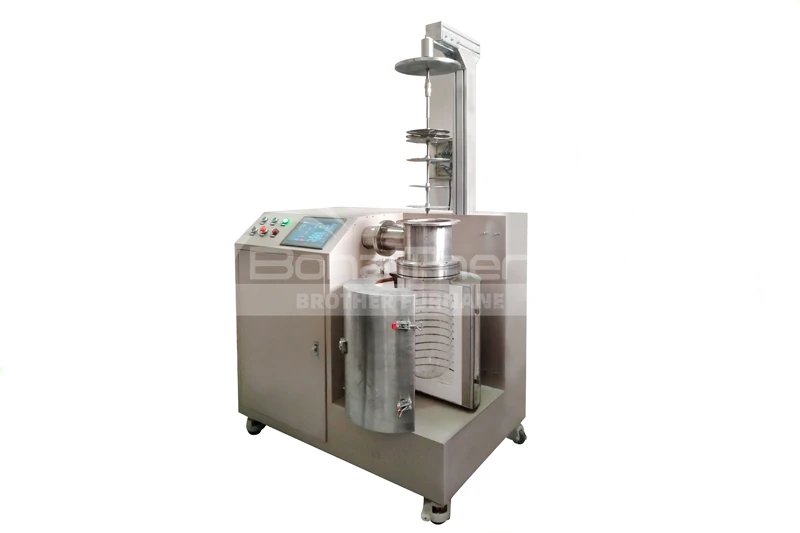The Potential of Furnaces in Material Processing
In the dynamic landscape of material processing, furnaces stand as stalwart tools, providing the controlled environments necessary for a myriad of industrial applications. Today, we delve into the diverse functionalities of furnaces and their pivotal role in shaping the materials industry.
The Crucial Role of Furnaces
Furnaces are indispensable assets in material processing, offering precise temperature control and conducive atmospheres for a range of thermal treatments. These versatile machines are utilized across various sectors, from metallurgy and ceramics to electronics and aerospace, to transform raw materials into tailored products with enhanced properties.
Types of Furnaces
Muffle Furnaces: Ideal for applications requiring uniform heating without direct contact between the heating element and the sample, muffle furnaces are commonly used for annealing, sintering, and ashing processes. Their enclosed chambers prevent contamination and ensure consistent heat distribution, making them invaluable in laboratories and industrial settings alike.
Vacuum Furnaces: Employed in environments devoid of air or at reduced pressures, vacuum furnaces facilitate processes such as brazing, diffusion bonding, and heat treating. By eliminating oxygen and other reactive gases, these furnaces prevent oxidation and produce high-quality, void-free components critical for aerospace, automotive, and semiconductor industries.
Induction Furnaces: Leveraging electromagnetic induction to generate heat within conductive materials, induction furnaces excel in melting metals, alloying, and forming intricate shapes with high precision. Their rapid heating rates and energy efficiency make them indispensable in foundries, metalworking shops, and advanced manufacturing facilities.
Applications and Advancements
Metallurgical Processing: Furnaces play a pivotal role in metallurgy, facilitating heat treatments such as tempering, quenching, and carburizing to improve mechanical properties and enhance corrosion resistance in metals. Advanced furnace technologies enable precise control over heating and cooling rates, enabling tailored microstructures and optimized material performance.
Ceramic Production: In the ceramics industry, furnaces are essential for firing and sintering processes, transforming raw powders into dense, durable components with tailored properties. Innovations in furnace design and automation streamline production processes, enabling cost-effective manufacturing of ceramics for applications ranging from electronics to construction.
Semiconductor Manufacturing: Furnaces are integral to semiconductor fabrication processes, facilitating doping, oxidation, and annealing steps critical for device performance and reliability. Continuous advancements in furnace technology, such as rapid thermal processing and ultra-high vacuum systems, enable the production of increasingly complex and miniaturized semiconductor devices.
Future
As material science and manufacturing technologies continue to advance, the role of furnaces in material processing will only grow in significance. Emerging trends such as additive manufacturing, nanotechnology, and sustainable materials drive the demand for innovative furnace solutions capable of meeting evolving industry requirements. From enhancing energy efficiency to enabling novel material compositions, furnaces will remain at the forefront of material processing, driving innovation and shaping the future of industry and technology.
In conclusion, furnaces serve as indispensable tools in the material processing industry, enabling the transformation of raw materials into high-performance products with tailored properties. From traditional heat treatments to cutting-edge manufacturing processes, furnaces play a pivotal role in advancing technology, driving innovation, and meeting the evolving needs of diverse industries.











